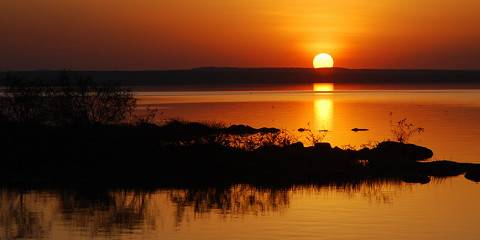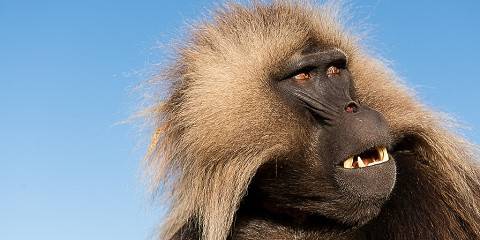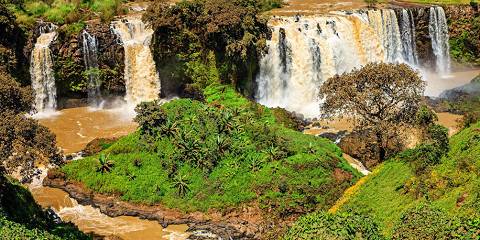Imagine being surrounded by a few hundred gelada monkey feeding, grooming and squabbling in the dramatic mountain setting of Simien Mountains National Park, referred to as the Roof of Africa. To experience this thrilling primate encounter, you can drive along an all-weather road through the heart of this scenic park, or opt for a multiday trek to 4,533m (14,872 ft) Ras Dashen, Ethiopia’s highest peak.

-
Best Time To Go
- September to December (Beautiful scenery)
-
High Season
- October to April (Lodges are busy)
-
Size
- 220km² / 85mi²
-
Altitude
-
1,900-4,533m /6,234-14,872ft
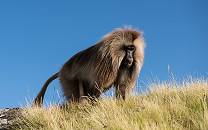 View Photos
View Photos
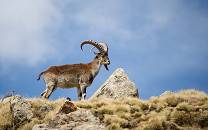 View Photos
+24
Photos
View Photos
+24
Photos
Pros & Cons
- Spectacular mountain scenery
- Home to several Ethiopian
- Excellent birding
- Relatively easy to get to
- Great hiking destination with Ethiopia’s highest peak
- Limited variety of wildlife
- Parts of the park are degraded due to human encroachment
Wildlife
The acrobatic Walia ibex is restricted to the Simien Mountains, and watching a small herd run up and down the vertical cliffs is likely to give you goose bumps. Gelada monkey, on the other hand, are most often found feeding on the grassy plateau in herds of up to 1,000 individuals. Spending a couple of hours following a community is an incredible experience.
More about the Simien Mountains' wildlifeScenery
The Simien Mountains comprises a vast plateau of ancient volcanic rock incised with sheer, rugged ravines, and towered over by more than a dozen individual peaks topping 4,000m/13,123ft. The is characterized by striking vegetation, such as giant lobelia plants and everlasting flowers. On a clear day, you’ll be able to see Ethiopia’s highest point and Africa’s fifth-highest mountain, Ras Dashen.
Weather & Climate
In Simien Mountains NP temperatures are remarkably uniform throughout the year. There is, however, a big variation between daytime and nighttime (sometimes described as ‘summer every day and winter every night’). Daytime temperatures average at 18°C/64°F and nighttime temperatures at 6°C/43°F. There is a distinct Dry season (October to April) and Wet season (May to September), which peaks in July and August.
More about the weather and climateBest Time To Visit
Simien Mountains NP is great to visit throughout the year, except in July and August, which see more than half the year’s rainfall. Wildlife can be spotted at any time, but the scenery is at its best from September through to December, just after the rains. September is particularly lovely as it is when wildflowers bloom. Hiking conditions are excellent throughout the Dry season from October to April.
More about the best time to visit

